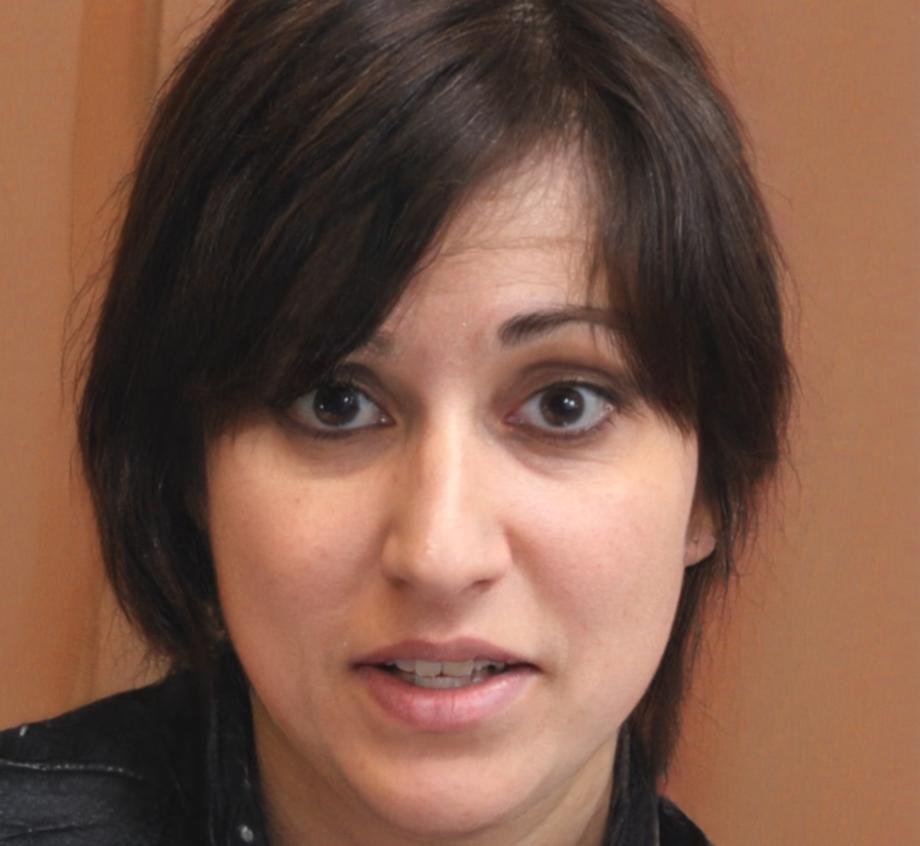Building Financial Literacy That Actually Matters
We started SurgeWaveSend in 2019 because we kept meeting people who felt completely lost when it came to financial data. Not because they weren't smart enough, but because most training programs taught theory without context.
Our programs focus on practical analysis techniques you'll actually use. We work with professionals across Thailand who need to make sense of complex financial information without getting a finance degree first.

What Guides Our Approach
These aren't corporate buzzwords we put on a wall. They're principles we return to when making decisions about curriculum and student support.
Real-World Relevance
Every technique we teach comes from actual business scenarios. If we can't show you where you'd use it in the next six months, we don't include it in the curriculum.
Transparent Progression
You always know what you're working toward and why. No mysterious gaps in knowledge that make you feel inadequate when facing real problems.
Accessible Expertise
Financial analysis shouldn't require decoding academic jargon. We explain complex concepts in plain language without dumbing them down.

Six Years of Learning What Works
When we launched in 2019, our first cohort had twelve students. We spent more time rewriting lessons based on their feedback than we did sleeping.
That iterative approach stuck. We still adjust content every quarter based on what students struggle with and what they master quickly. Some sections we thought would be challenging turn out to be intuitive. Others that seemed straightforward need three times the practice exercises.
By late 2024, we'd worked with over 800 professionals from banking, retail, manufacturing, and tech sectors across Thailand. Each one taught us something about how people actually learn financial analysis when they're juggling it with full-time work.
Who You'll Learn From
Our instructors come from finance backgrounds but left corporate roles because they wanted to teach. That combination of practical experience and genuine interest in education makes a difference.

Siriporn Ketkaew
Spent eight years in corporate finance at multinational firms before realizing she enjoyed training new analysts more than the actual analysis work. Now designs our core curriculum and teaches the intermediate cohorts.

Anong Suwan
Handles our advanced modeling programs after working in investment analysis for a decade. Known for breaking down complex valuation methods into manageable steps without losing the nuance.
How We Structure Learning
Our methodology developed through trial and error. What we do now looks nothing like what we started with, and that's a good thing.


Context Before Technique
We start every module by showing you a real business problem. Then we introduce the analytical approach that solves it. This way you understand why you're learning something before diving into how.
Progressive Complexity
You work with simplified datasets first to grasp the mechanics. Once those click, we add realistic messiness like missing data and inconsistent formatting. By the end, you're comfortable with actual business conditions.
Iterative Practice
Skills develop through repetition with variation. You'll analyze multiple companies in the same industry, then compare cross-sector, then evaluate different market conditions. Same core technique, evolving application.
Practical Application Projects
Every program concludes with analysis work on real company data. You present findings to instructors who ask the kinds of challenging questions you'd face from stakeholders. It's uncomfortable but valuable preparation.
Start With a Conversation
We're enrolling for our September 2025 cohorts starting in mid-March. If you're considering financial analysis training, let's discuss whether our approach fits your learning style and goals.
Get Program Details